Best Timing for Paver Porch Repairs
Understanding the optimal timing for paver porch repairs can help ensure longevity and quality results. The best time generally depends on climate conditions, temperature, and moisture levels. Proper timing minimizes disruptions and enhances the durability of repairs.
Spring offers moderate temperatures and lower humidity, making it ideal for paving projects. Repairs during this season can prevent further damage caused by winter freeze-thaw cycles.
Warm weather and dry conditions facilitate proper setting of pavers. However, extreme heat can cause rapid drying, so timing within summer should be carefully planned.
Fall provides cooler temperatures and less rain, which can be beneficial for repairs. It allows time for pavers to settle before winter.
Cold temperatures and snow can delay or complicate repairs. Freezing water can cause additional damage, making winter less suitable for paver work.
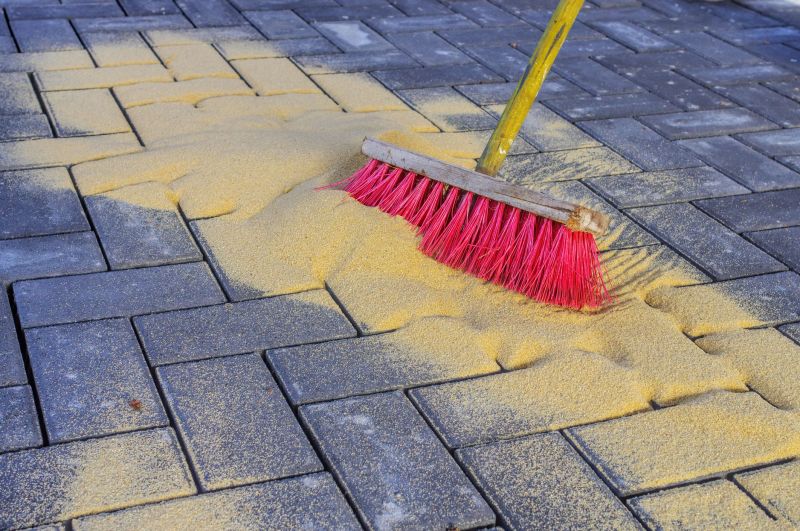
Springtime allows for effective repairs with moderate temperatures and minimal moisture.
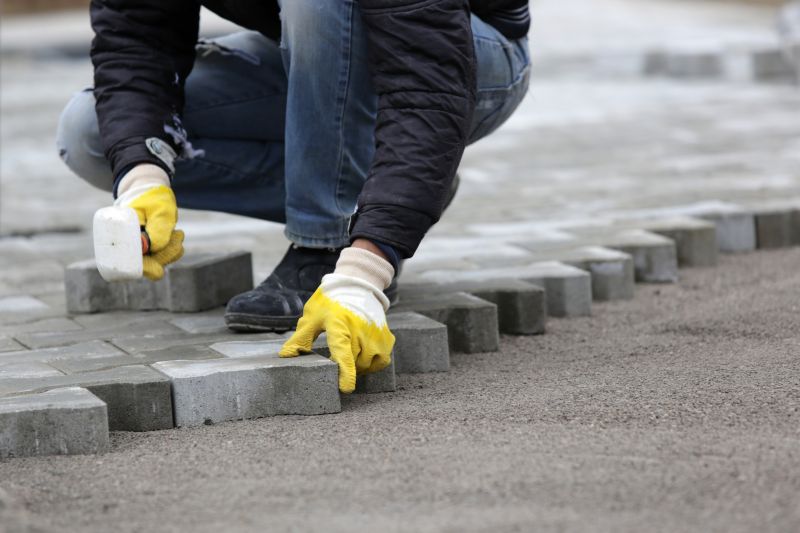
Summer provides warm, dry conditions suitable for paving projects.
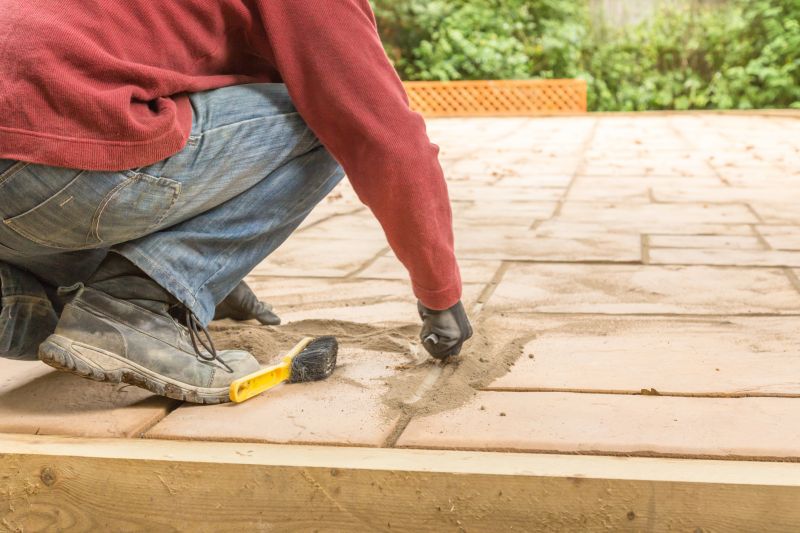
Fall offers cooler weather and less rainfall, ideal for completing repairs before winter.
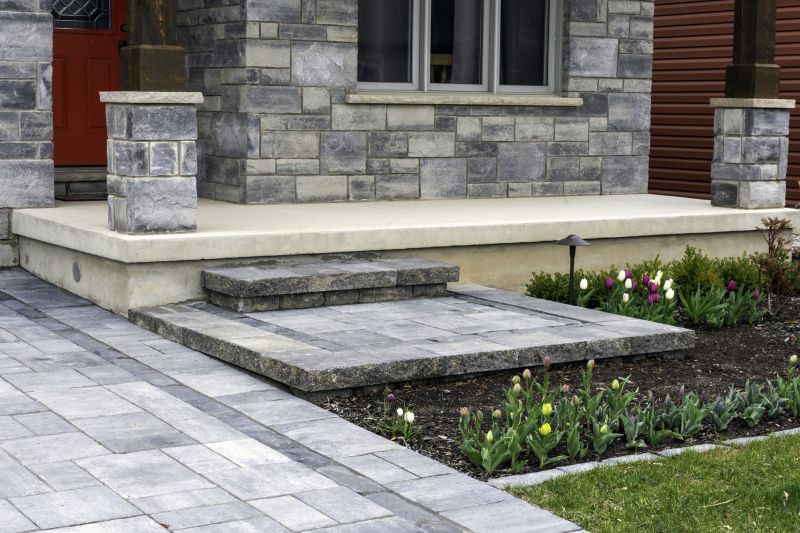
Ways to make Paver Porch Repairs work in tight or awkward layouts.
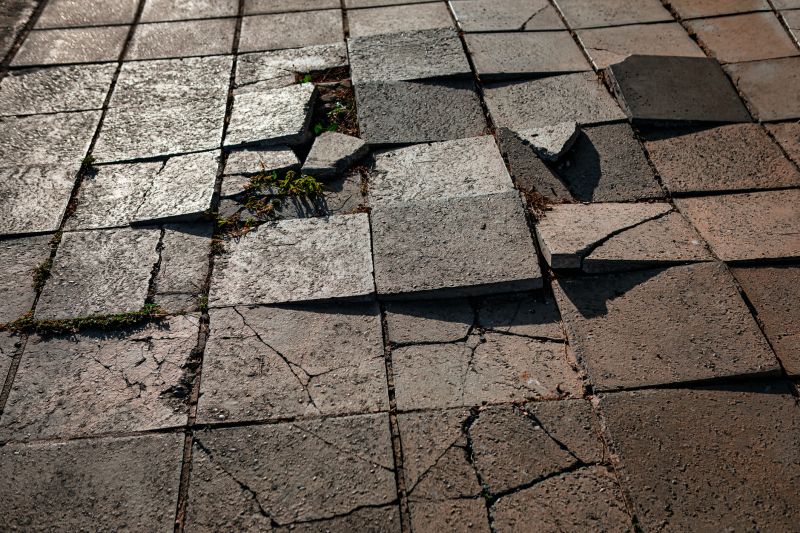
Popular materials for Paver Porch Repairs and why they hold up over time.
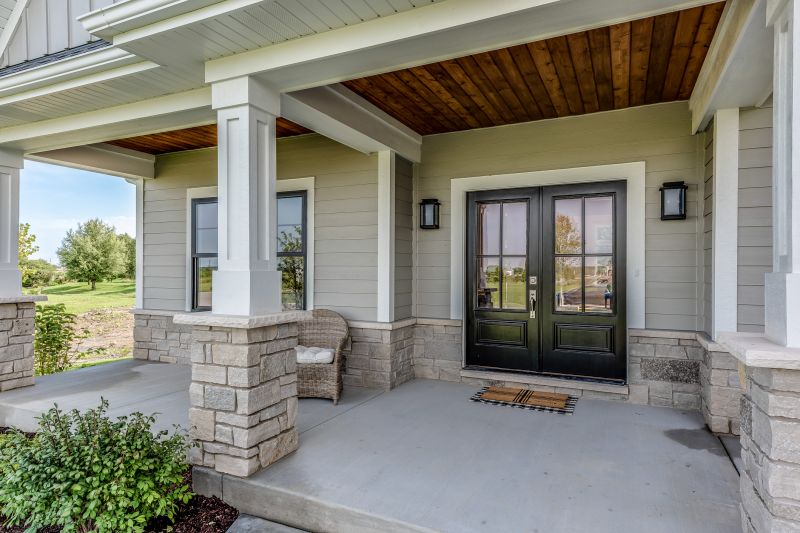
Simple add-ons that improve Paver Porch Repairs without blowing the budget.
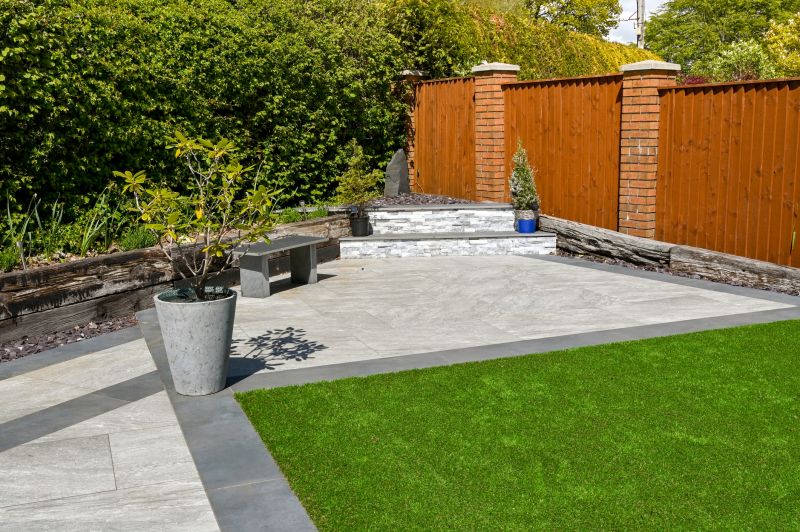
High-end options that actually feel worth it for Paver Porch Repairs.
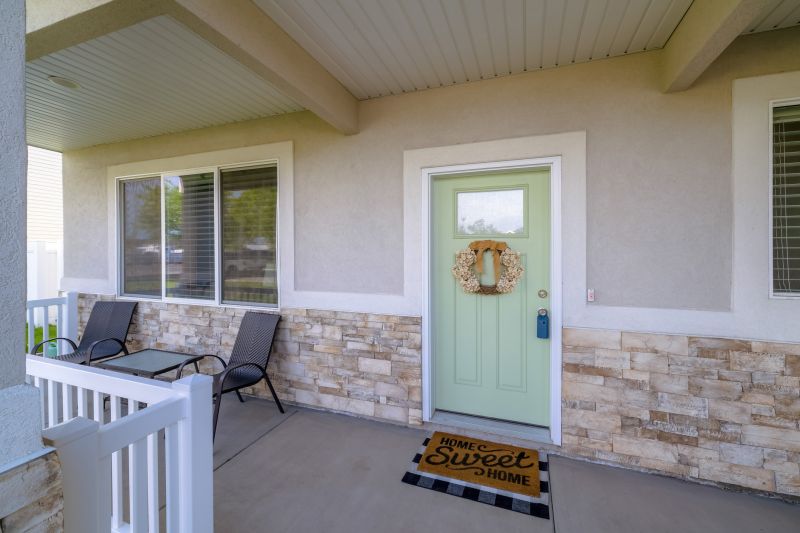
Finishes and colors that play nicely with Paver Porch Repairs.
Paver porch repairs involve replacing or restoring damaged pavers, filling in gaps, and ensuring proper leveling for safety and aesthetics. Proper timing ensures materials set correctly and reduces the risk of future issues. Statistics indicate that repairs performed during optimal seasons have a 30% higher success rate in maintaining structural integrity over time.
Environmental factors such as temperature fluctuations, moisture, and ground movement significantly impact the longevity of paver repairs. Scheduling repairs during favorable weather minimizes the risk of shifting, cracking, or other damage. Advances in materials and techniques have improved repair durability, but timing remains a critical factor.
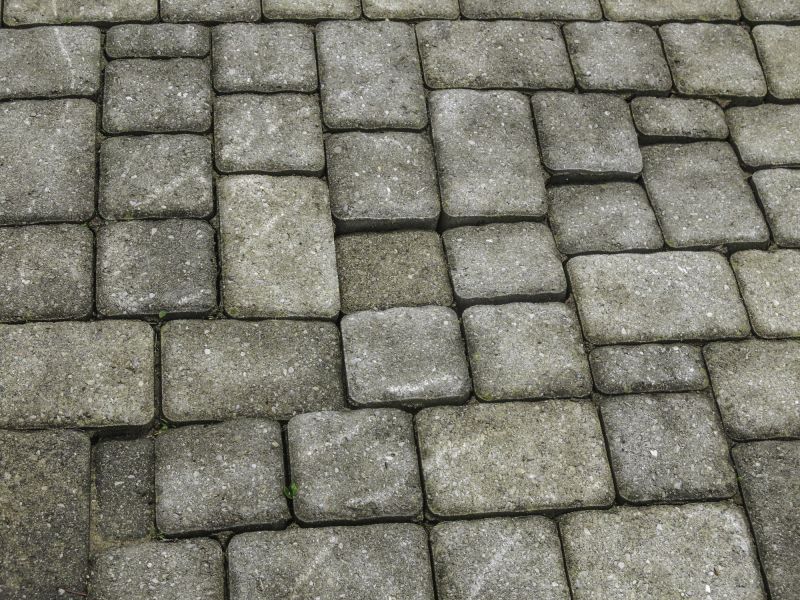
Properly timed repairs involve careful removal and replacement of damaged pavers, ensuring a level surface.
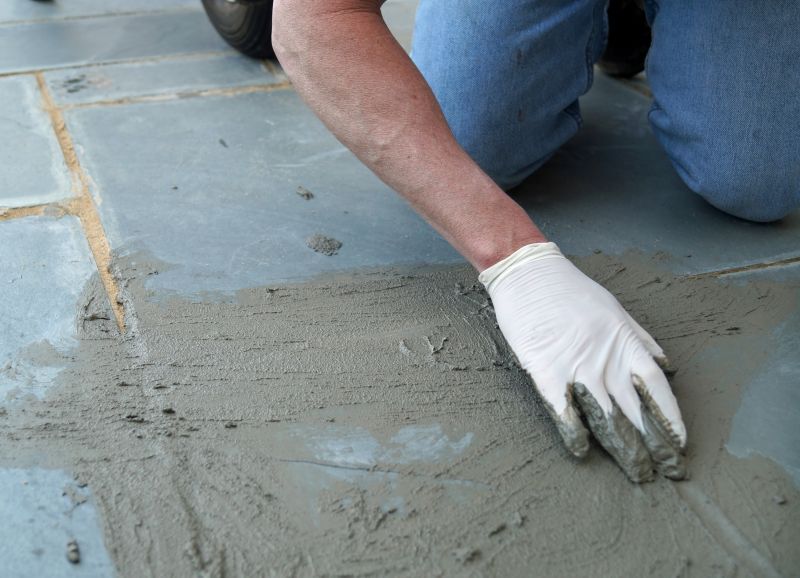
Spring repairs benefit from moderate weather, reducing risks associated with extreme temperatures.
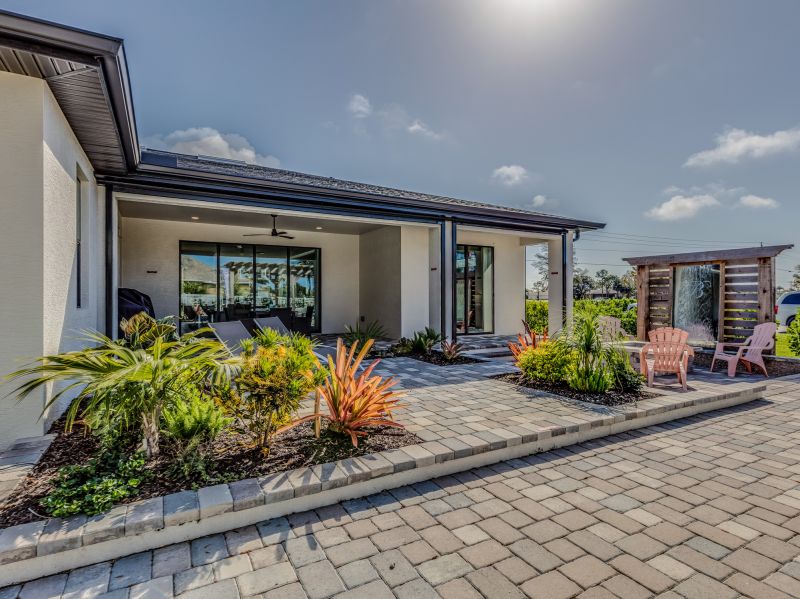
Summer conditions support effective setting and curing of new pavers.
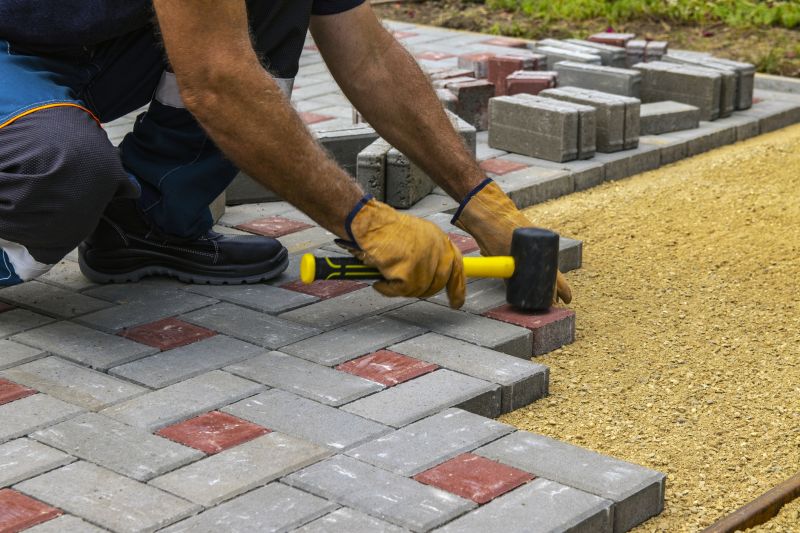
Fall allows for repairs to settle before winter, reducing future damage.
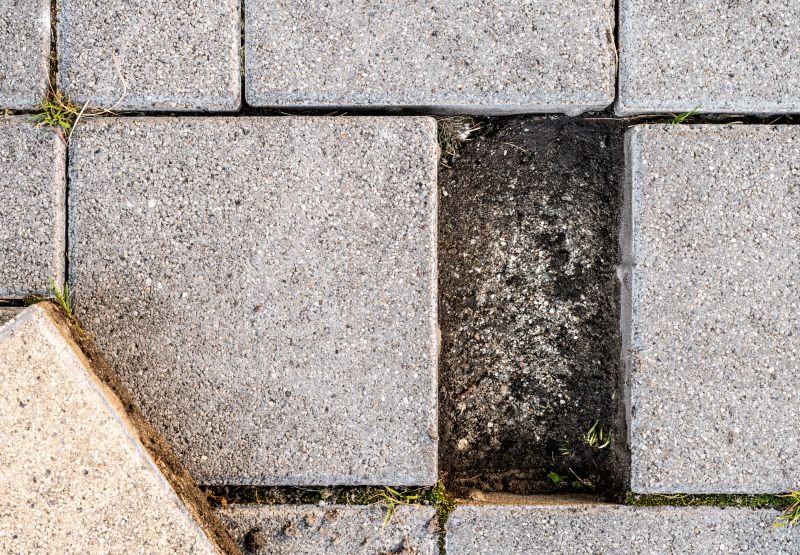
Little measurements that prevent headaches on Paver Porch Repairs day.
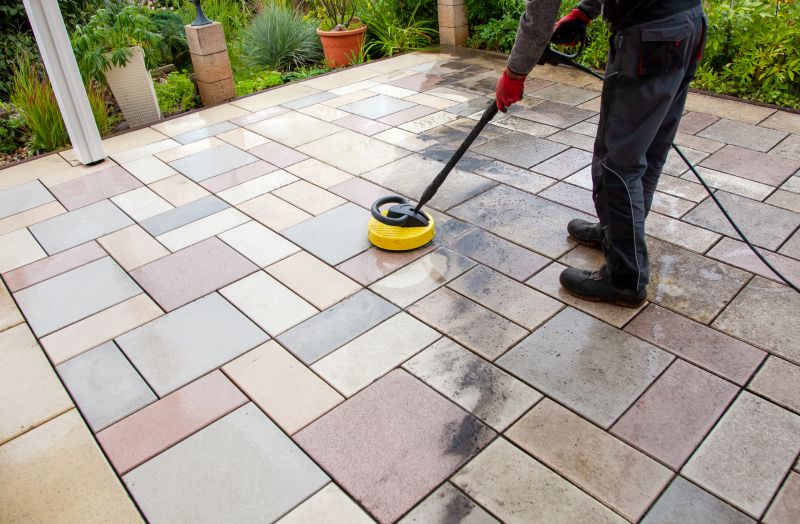
A 60-second routine that keeps Paver Porch Repairs looking new.

A frequent mistake in Paver Porch Repairs and how to dodge it.

Small tweaks to make Paver Porch Repairs safer and easier to use.
| Season | Best for Paver Repairs |
|---|---|
| Spring | Yes, with moderate temperatures and low moisture |
| Summer | Yes, with warm, dry conditions |
| Fall | Yes, with cooler weather and less rain |
| Winter | No, due to freezing temperatures and snow |
Choosing the right time for paver porch repairs can extend the lifespan of the surface and reduce maintenance costs. Proper planning based on seasonal weather patterns ensures that repairs are effective and durable.
Interested in paver porch repairs? Filling out the contact form can provide more tailored information and scheduling options for optimal repair timing and execution.



